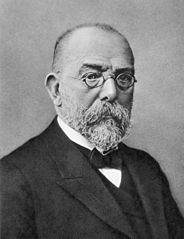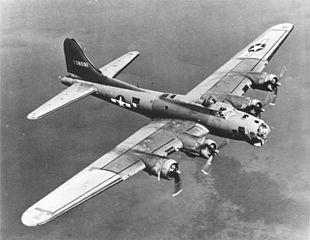Hand Washing and Checklists
Ignaz Semmelweis, the doctor that recommended hand washing between patients in 1847, died in an asylum. His fellow doctors were appalled that anyone would think they were dirty. They were educated gentlemen. How rude of him to imply that they could contribute to ailments and disease. They were the cure, not the cause!
We’re 166 years out from Dr. Semmelweis’s revolutionary research, and we’re all better off for it. Every desk in my office has a bottle of hand santizer on it. It’s in grocery stores near the dirty, filthy carts. Moms carry it in purses. Yet just 6 months ago the following was published:
Not all doctors want hand-washing reminders
“There will be a day when it will be so automatic for health care workers to clean their hands,” Pittet said. “It will be a lot easier at that time for patients, in case health care workers forgot, to remind them.”
A third of doctors surveyed did not want patients reminding them to wash up. If they were so smart they wouldn’t be sick.
Good thing that smug arrogance is an isolated incident limited to personal cleanliness. Oh, right, cholera:
In 1854 London physician Dr John Snow discovered that [cholera] was transmitted by drinking water contaminated by sewage after an epidemic centered in Soho, but this idea was not widely accepted.
That’s from a Wikipedia article named Great Stink. The name alone warrants a quick skim, and you’ll also read about more doctors ignoring research.
For instance, Filippo Pacini discovered the bacteria that causes cholera in the same year that Dr. Snow theorized that transmission was via sewage, but nobody cared. Physicians knew beyond doubt that cholera wasn’t caused by bacteria, but instead by miasma. That’s bad air for those of us living with bacterial awareness in 2013.
The same bacteria was rediscovered 30 years later by Robert Koch. He also isolated the bacteria behind tuberculosis. I suspect other physicians only took him seriously because he looked like a man that you shouldn’t screw with.
At least now we’re more data driven. With the systematic cost conscious approaches pioneered by modern health management organization, surely now data and procedures rule.
Let’s talk central lines. A central venous catheter as it is called in terms more complex than I commonly use when discussing health and medicine. A patient in need of a central line is in rough shape. Complications from a botched or infected central line spread rapidly by the very nature of the procedure and equipment. Oh, right, central lines.
Dr. Pronovost instituted a checklist for the care and maintenance of central lines. In the broad scope of modern medicine, it’s a relatively simple procedure. Go read it. There are 5 steps. Most of which boil down to “be clean.”
The checklist focused on proper sterilization procedures, and it was so effective that they had to extend the trial period just to believe the results. At the end of the experiment, the hospital estimated that 43 infections and 8 deaths were avoided, to the tune of two million dollars in savings.
This is the stuff that medicine is all about. Sterile drapes and thorough hand washing aren’t sexy like a new MRI machine or remote robotic surgery device, but it saves lives, pain and money.
Despite his initial checklist results, takers were slow to come. … There were various reasons. Some physicians were offended by the suggestion that they needed checklists. Others had legitimate doubts about Pronovost’s evidence. (From The Checklist Manifesto
)
Doctors and staff can’t be the cause of trouble, especially if it boils down to cleanliness. They trained to long to make such simple mistakes.
Damn it.
Pilots get this stuff right. They’re creatures of checklist habit, and they’re always, always improving those lists and procedures. Over 12000 B-17 Flying Fortress aircraft were produced, and they played a major part in Allied operations during World War II. This is an amazing accomplishment for a plane that many deemed too complex to fly. Airmen began the process of building and using checklists because of the B-17, and because of the checklists the B-17 became a powerful, flyable, weapon of war.
Why can’t doctors behave methodically like pilots? Is it because pilots put themselves on the line and adherence to methodology is the only thing that brings them back alive?
And why can’t we, the software developers and sysadmins, get it right? Our systems lend themselves to checklists. Scratch that, our systems lend themselves to fully automated checklists in which we should only need to fix the outliers and amend the list. There is a thrill to being a code hero that must outweigh the simple joy of consistently shipping software in a reliable and reportable fashion. At some point that thrill of riding in to save the day cowboy style loses its charm.
We’re getting better, but we’re still more doctor than pilot in our ego and methods.


